Arthy Ahmed builds safe Bharatanatyam haven for Bangladeshi adults
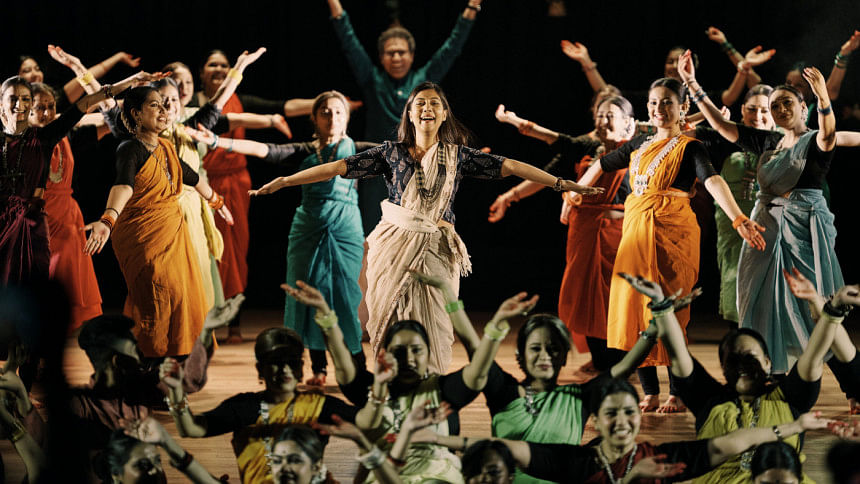
When Arthy Ahmed launched her Bharatanatyam class in Dhaka, many in the classical dance circuit saw it as a side project at best, and a waste of time at worst. "They told me, don't spend your energy on adults," she recalls. "They'll never take it seriously. It's just another form of weight loss therapy for them."
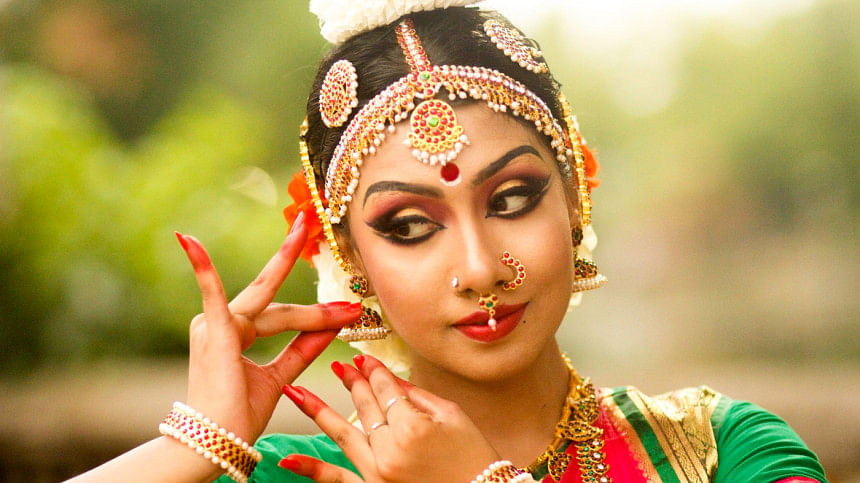
Three years later, that "weight loss batch" has evolved into a community of nearly 600 students across 13 different groups, with several of her adult learners performing on international stages, at corporate events, and on TV programmes. The whispers have changed, too! Now, teachers from the UK, Australia, and even within Bangladesh are asking for her teaching template.
However, Ahmed didn't set out to prove anyone wrong. She set out to give people something they were long denied: a space to dance without shame.

Reclaiming joy through movement
"A lot of my students tell me the same story," Ahmed explains. "They wanted to dance as kids, but were never allowed. Or, they were pulled out once they hit a certain age. Some lived in towns where there weren't any dance classes at all."
The result? Adults in their 30s, 40s, and even 70s returning to a dream they never got to live. But Ahmed knew that if she was inviting them back to the stage, she had to build a stage that felt safe.
"No one gets selected or rejected in our productions. Whether you're struggling or soaring, you're welcome. The audience can tell it's real. That's why they connect."
Her inclusive classes welcome people of all genders, body types, and backgrounds. The curriculum is slow, layered, and non-judgmental. Progress is not measured in pirouettes, but in joy.
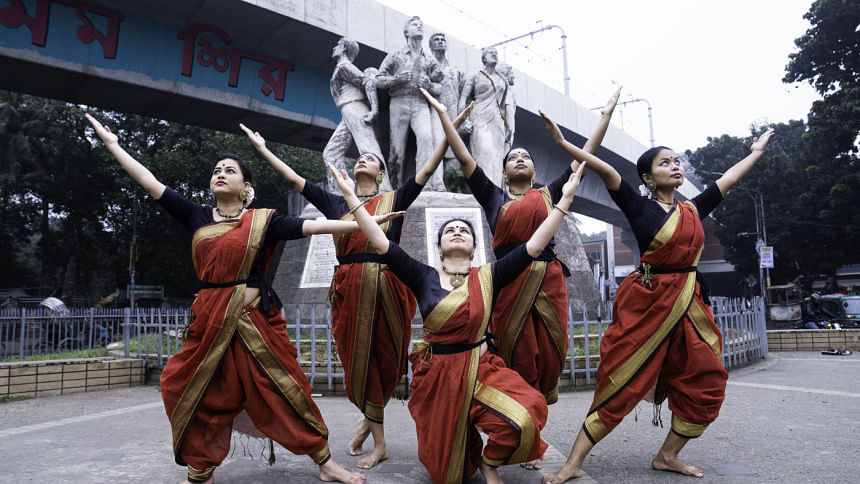
Dance as therapy, not performance
Although Ahmed is academically trained, with a BA Honours and Master's degree in Bharatanatyam from India, her work is far from elitist. In fact, it's grounded in something far more accessible: emotional healing.
She also holds a diploma in dance psychology, which informs her approach to running her classes.
"People come in hating their bodies, doubting themselves, thinking they're too late," she says. "But over time, they start shedding that. Some have come out of depression, insecurity, and anxiety. It's not just about learning to dance. It's about learning to feel alive again."
This philosophy was evident in her 2023 production Sakhi, where nearly 90 women danced together in an unapologetically raw, unsensitised performance. Some swayed offbeat. Some hesitated. No one hid. And that honesty resonated more than perfection ever could.
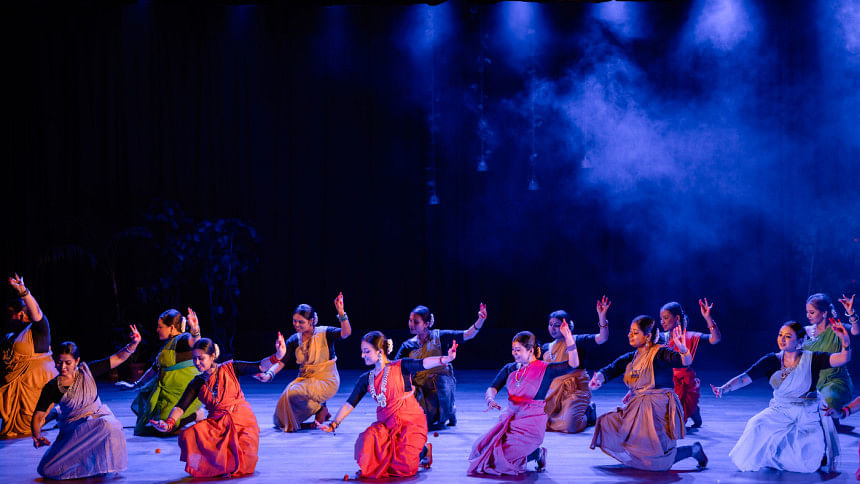
The cultural catch
Ahmed's work is not without pushback.
"Some people message us after every show, saying women dancing on stage is destroying families," she says, matter-of-factly. "This is the reality in Bangladesh. There's always a group that will reduce dance to something religiously or culturally 'foreign' – something to be feared."
She's also aware of the layered challenges her students face, particularly women.
"Fitness levels among Bangladeshi girls are worryingly low. They grow up with little outdoor activity. So, they come to class with back pain, fatigue, vitamin D deficiency, and zero confidence in their bodies. We can't undo all that in a few months."
Still, she doesn't let that stop her. Her goal is to start early, not just with kids, but with their parents. "We need to shift mindsets about girls and physical movement from childhood."
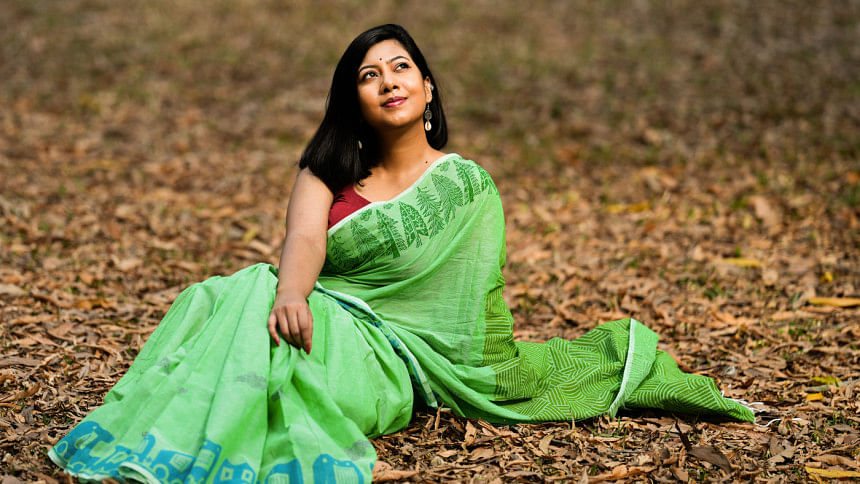
Bridging two worlds: Classical and local
Trained in India, Ahmed understands the nuances and mythology embedded in Bharatanatyam. But bringing it to a Bangladeshi audience, she admits, is complex. "The language of Bharatanatyam is deeply rooted in Indian religious stories — tales many of us here didn't grow up with. That gap can make the form feel distant or inaccessible."
Her solution? Ground the training in tradition, but let the performances adapt.
"When my students are beginners, we never dilute the basics. They learn pure Bharatanatyam. But in productions, we may use Bharatanatyam movements to interpret Tagore songs or local compositions. It creates a cultural bridge. The audience understands, the dancers relate," she says.
But she's clear on one thing: Bharatanatyam isn't a trend. "You don't get to perform it on stage after three months. You earn that right through years of training. I don't compromise on that."
Building audiences, not just dancers
To Ahmed, Bangladesh doesn't just need more dancers – it needs more people willing to sit in the audience. "So many dance shows are attended only by friends and family of the performers. We need a culture where someone goes to Shilpakala or Chhayanaut just to see a dance performance. Even if they don't know anyone on stage."
That's why she emphasises marketing and communication as core skills for dancers today. "If the public never hears about a beautiful production, how will they show up? Dancers need to learn how to present, promote, and even fund their own art."
What's next?
In five years, Ahmed hopes to see both her children and adult students perform confidently alongside professionals. "If I can train even ten strong classical dancers, just ten, that's enough. Because from zero, ten is everything."
She's also dreaming of more productions, more classrooms, and maybe even more cities. But most of all, she wants to keep the door open for every person who thinks they've missed their chance.
"I started with 25 students. Now I have 600. And I haven't taken new ones in a year because no one's leaving. That says something. People don't just come here to dance. They come here to belong."
Photo: Courtesy

 For all latest news, follow The Daily Star's Google News channel.
For all latest news, follow The Daily Star's Google News channel. 







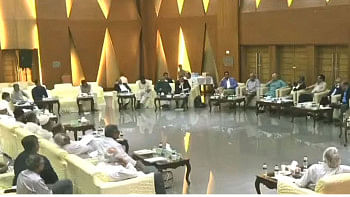
Comments